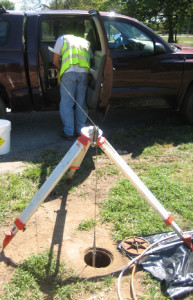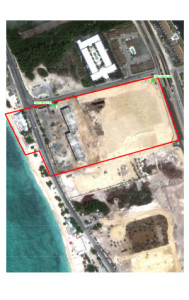Geophysical borehole logging can provide accurate data of the physical properties of geologic units and groundwater within the borehole environment.
Borehole logging is a time and money-saving approach to gaining detailed information which is otherwise only obtainable from performing and analyzing numerous cores. Borehole logging data is typically used to characterize geology, fracture patterns, fluid flow, and geologic structural properties.
Common borehole logging techniques such as video, resistivity, natural gamma, electromagnetic induction, 3-arm caliper, spontaneous potential, borehole deviation, and temperature can be deployed and interpreted quickly and cost effectively.
These applications are commonly used to maximize the information obtained from geotechnical borings. While a variety of other tools such as heat pulse flow meter, optical and acoustic televiewing, downhole seismics and ground penetrating radar (GPR) are available, they usually are reserved for more detailed subsurface analyses.
Mundell & Associates, Inc. runs our downhole logging system out of a 4-wheel drive truck, which allows us to reach even the toughest borehole location.
Borehole Logging Applications
- Geologic Strata Mapping
- Well Inspection and Construction Identification
- Soil Layer Identification
- Fracture Location Mapping
- Void Mapping
- Calculated Porosity Measurements
- Fracture Size and Orientation Data
- Layer Property Determinations
- Borehole Fluid Properties
- Fracture Fluid Flow Data





